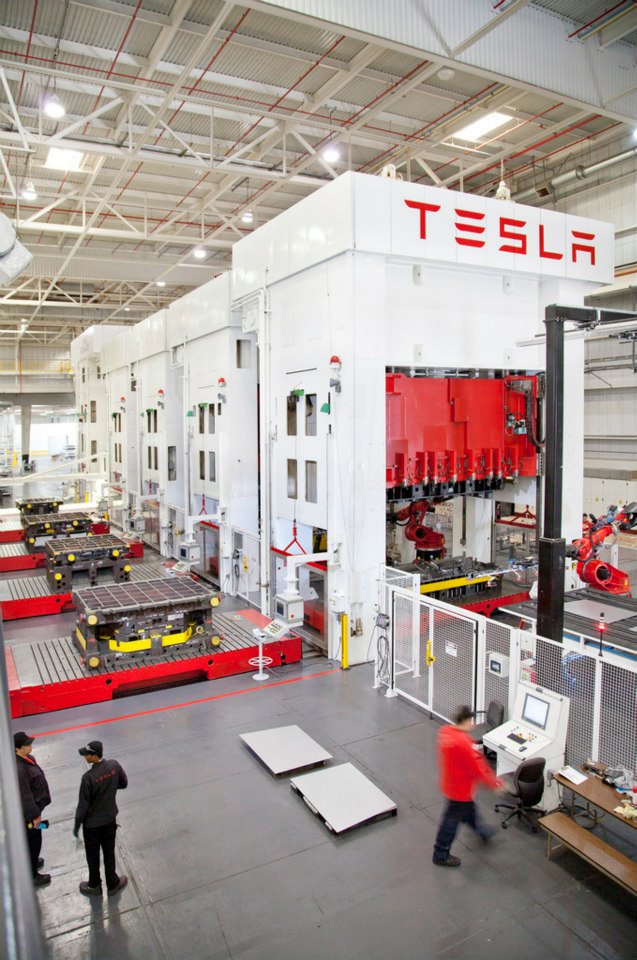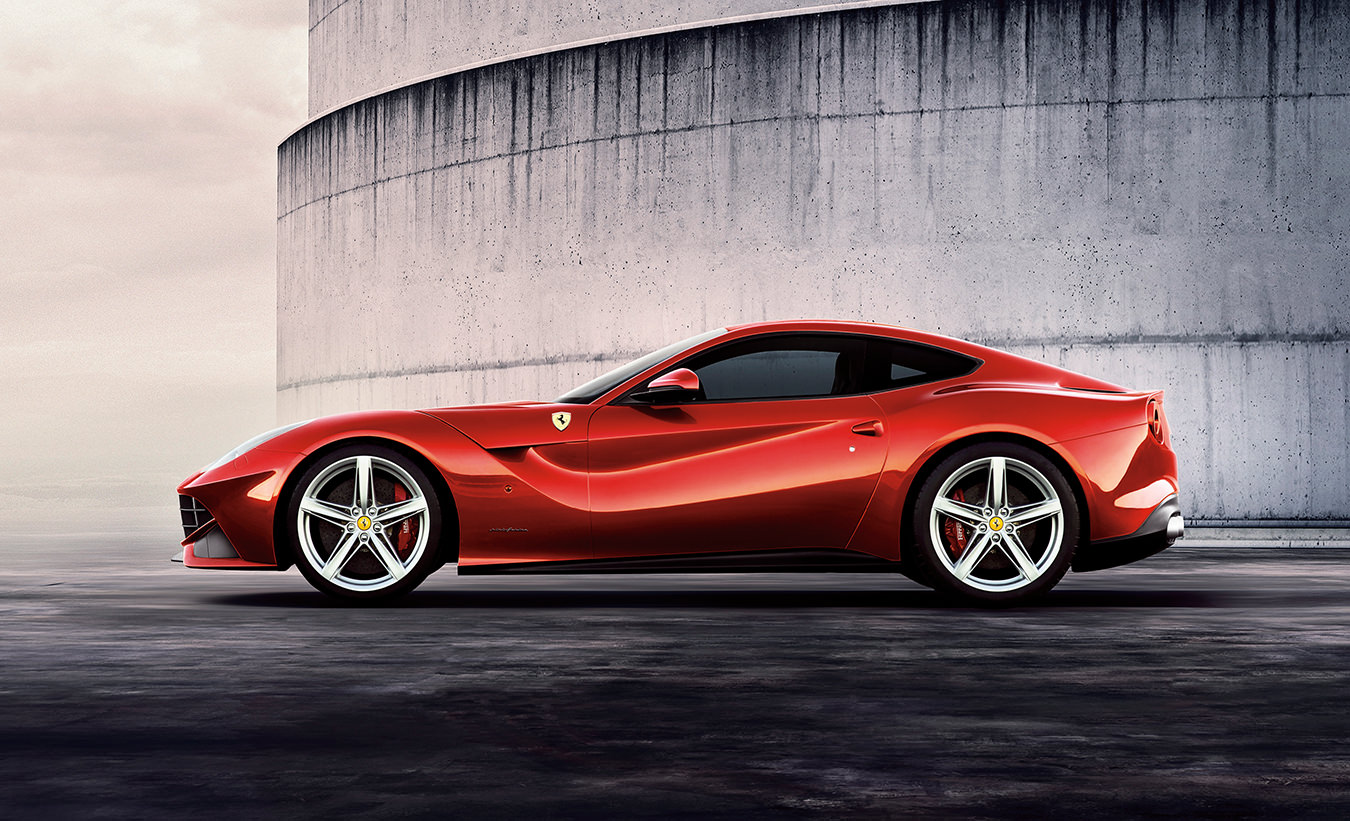Tesla Motors’ Gigafactory
Changing the economics of electric cars.

By now, you’ve probably heard about Elon Musk. He’s the 42-year old serial entrepreneur with the funny name and a chinful of three-day stubble who’s trying to make the internal combustion engine go the way of the great auk.
Musk’s Tesla Motors makes mass-produced zero-emission electric cars with mojo—a word descriptive of both their engineering prowess and their sex appeal. That alone has been enough to turn the car world on its head, proving that the words “green” and “fun to drive” may indeed be used in the same sentence. Now, Musk has taken the whole revolution thing one step further, with a proposal to build two Gigafactories that will each produce a projected 500,000 lithium-ion batteries by 2020—a number greater than the total sum of current global production. The hope is to build the efficient scale needed to render the main argument against electric cars moot: that their powertrains make them too darn expensive.
No one can accuse Musk of playing small ball. Each Gigafactory is projected to occupy between 500 and 1,000 acres, offer 10-million square feet of production space, and cost a total of about $5-billion, give or take a few hundred million. The project will be a case study in vertical integration: rail cars deliver raw materials (nickel, lithium cobalt oxide, lithium) through one door; finished batteries will be shipped out the other. By extracting efficiencies through its control of all points of the production process, Musk estimates he can shave approximately 30% off the cost of a battery pack, enough to bring the price tag of a Tesla sedan down to about $35,000, cheap enough for Joe and Jane Average to give it a test drive.
From a PR perspective, the Gigafactory has already been a smashing success, capturing more than a few column inches and dominating the discussion on tech blogs for the past several months. Market analysts, however, remain skeptical. Some have wondered whether building these factories will distract Tesla from its core business: building head-turning, saliva-generating, butt-kicking cars. Others say it will be a significant drain on resources, soaking up billions that could be better put to use in the R&D lab. Or the marketing department. Or in dealer showrooms in Europe, China, and everywhere else.
Fair points, all. And yet: sometimes it takes an egomaniacal dreamer (think Henry Ford, Walt Disney, Steve Jobs) to push Wall Street beyond its obsession with business as usual. Whether it turns out to be a license to print money or the world’s largest white elephant, Musk’s Gigafactory represents a fundamentally different idea of what change should be—of a scope not small and incremental, but massive, ubiquitous, and immediate. Leave the skepticism for the bean counters. The rest of us might want to first bring our hands together in applause for Musk’s audacity, then cross our fingers in the hope his crazy idea actually works. For if it does, by God, what a different world this will be.




